Review of the Day: Wild by Emily Hughes
 Wild
Wild
By Emily Hughes
Flying Eye Books
$16.95
ISBN: 978-1-909263-08-6
Ages 3-7
On shelves now.
There lives in every child an animal. A wild, untamable creature that will emerge without fail at the worst possible moments, rendering its parents helpless and hopeless all in one swoop. There also exist in this world picture books that touch on this restrained/free duality. You might even argue that the BEST children’s books touch on this in some way (Where the Wild Things Are being the most obvious example). In 2013 alone we saw Peter Brown’s Mr. Tiger Goes Wild talk about the need in every child for order as well as wild uninhibited freedom. Wild, in contrast, is a simpler story. Following just one girl from her path from nature to the city and back again, it has a different lesson in mind. It is all well and good for some to find a happy medium between chaos and order but for some kids chaos is clearly MUCH more appealing!
“No one remembered how she came to the woods, but all knew it was right.” A green-haired baby smiles contentedly on a forest floor as a bear, bird, and fox look on. Over the years the bird teaches her to speak, the bear to eat, and the fox to play. Unfortunately a hunter’s trap catches the child by her foliage-like hair and a pair of baffled hunters takes her back with them to civilization. There the child is forced to reside in the home of a well-meaning psychiatrist and his wife. Attempts to normalize her fail resoundingly and at last she flees back to the wild, the family dog and cat in tow. After all, “you cannot tame something so happily wild.”
ADVERTISEMENT
ADVERTISEMENT

A British/Hawaiian author/illustrator, Emily Hughes’ art is fascinating to look at, partly because it’s so incredibly European. It’s something about the eyes, I think. Or maybe just the way the landscape and the animals intertwine. The bears, for example, reminded me of nothing so much as the ones found in The Bear’s Song by Benjamin Chaud (a Frenchman). The heroine herself is somehow big-eyed without devolving into preciousness (a delicate balance). Her plant-like hair almost looks like it might be sentient at times. People in general are rendered with a fine hand. My favorite shot is of the wild child being brought to civilization by the two clearly shell-shocked hunters. As the men, and even their dog, drive in the rain, their eyes ringed with worry, the child sits on the front seat with only her eyes visible over the dash. She is clearly silent and livid.
It’s interesting to look at the settings and colors in the book as well. As the girl is raised there isn’t a white page to be seen until the last fateful line of “And she understood, and was happy.” Then, when humanity intervenes, the white pages begin to proliferate. Interior spreads are either grey/green or peach/brown and nothing else. It’s as much a relief to the reader’s eye as it is the child’s spirit when she escapes again into the wild. I was particularly pleased too with the two-page wordless humanless spread displaying only the child’s wanton path of destruction. As for the wild itself, here we have a utopian Eden, where animals might eat the occasional fish but never a green-haired baby child. Or, for that matter, one another.
 One quibble I have with the book is the final line. It ends on an ellipsis, you see. Now I’m as big a fan of your average everyday ellipses as the next gal. And I understand that there must have been long editorial discussions with the author/illustrator that justified its presence on the last page. I just have absolutely no idea what those justifications could possibly be. The line reads, “Because you cannot tame something so happily wild…” Maybe the dot dot dot is there to suggest that this isn’t the end of the story? I haven’t a better idea.
One quibble I have with the book is the final line. It ends on an ellipsis, you see. Now I’m as big a fan of your average everyday ellipses as the next gal. And I understand that there must have been long editorial discussions with the author/illustrator that justified its presence on the last page. I just have absolutely no idea what those justifications could possibly be. The line reads, “Because you cannot tame something so happily wild…” Maybe the dot dot dot is there to suggest that this isn’t the end of the story? I haven’t a better idea.
Oh, they’ll tag this as an eco-centric morality tale, I’m sure. Wild/nature = good, civilization/standardization = bad. That sort of thing. Honestly, I think it has a lot more to say about the inner life of a young child than any overt messagey message about Mother Earth. But there aren’t any rules governing how you use a book, so go on! Use it to talk to kids about nature and the outdoors. Use it to talk about acceptable and non-acceptable behavior and when those rules break down. Use it to discuss tropes most common in European vs. American books, or what makes this book a stand out in its field. Talk about it any old way you like, but make sure you talk about it. A surprisingly lovely little piece that bears similarities to hundreds of pictures books out there, but isn’t really like a single one. One of a kind.
On shelves now.
Source: Final copy sent from publisher for review.
Like This? Then Try:
- Jemmy Button by Jennifer Uman
- Children Make Terrible Pets by Peter Brown
- Where the Wild Things Are by Maurice Sendak
- No Bows! by Shirley Smith Duke
- Mr. Tiger Goes Wild by Peter Brown
Other Blog Reviews:
Misc:
- Sketchbook art galore!
- Hughes discusses showing the book in a classroom presentation.
Filed under: Best Books, Best Books of 2013, Reviews, Reviews 2013
About Betsy Bird
Betsy Bird is currently the Collection Development Manager of the Evanston Public Library system and a former Materials Specialist for New York Public Library. She has served on Newbery, written for Horn Book, and has done other lovely little things that she'd love to tell you about but that she's sure you'd find more interesting to hear of in person. Her opinions are her own and do not reflect those of EPL, SLJ, or any of the other acronyms you might be able to name. Follow her on Twitter: @fuseeight.
ADVERTISEMENT
ADVERTISEMENT
SLJ Blog Network
Name That LEGO Book Cover! (#53)
Exclusive: Vol. 2 of The Weirn Books Is Coming in October | News
Fighting Public School Book Bans with the Civil Rights Act
Take Five: Middle Grade Anthologies and Short Story Collections
ADVERTISEMENT

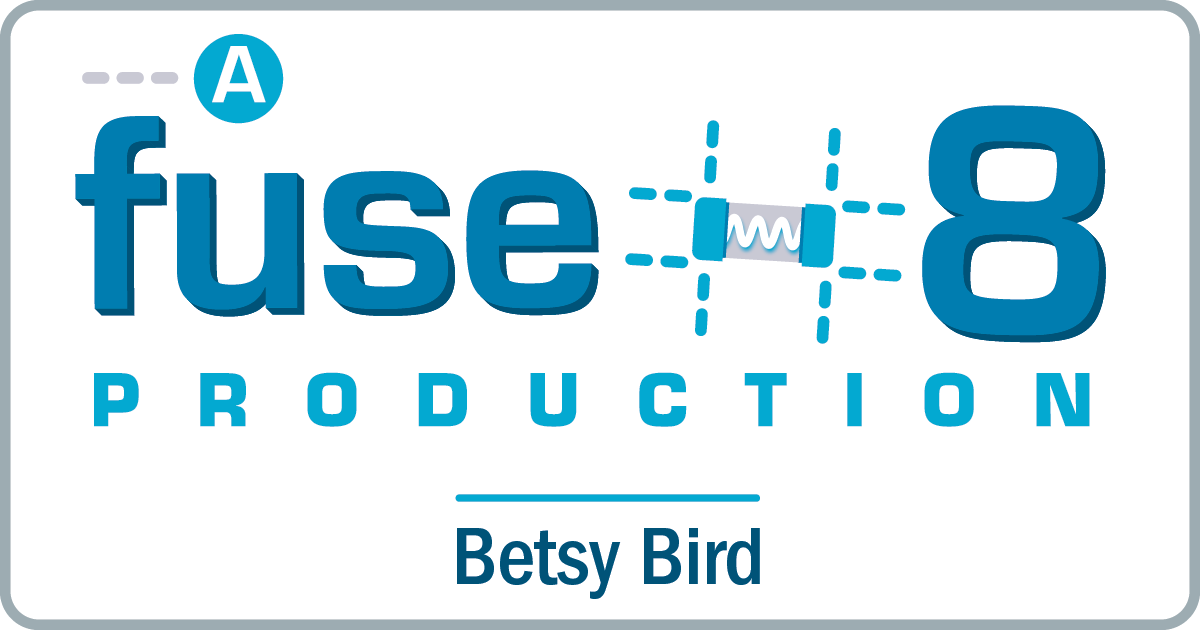

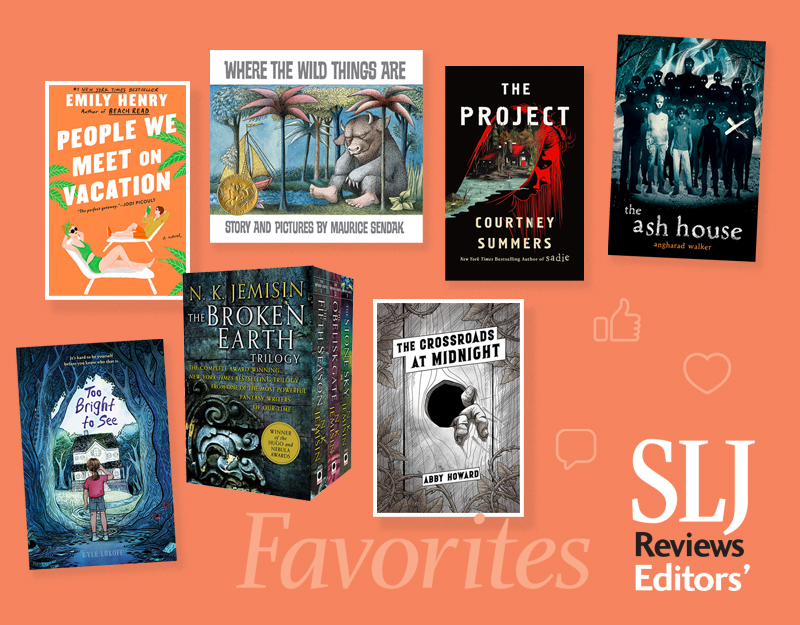
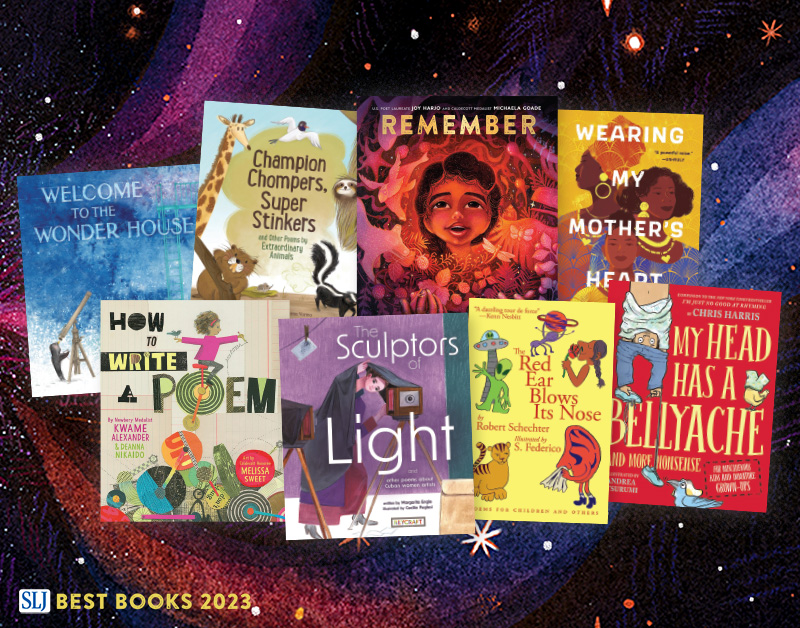
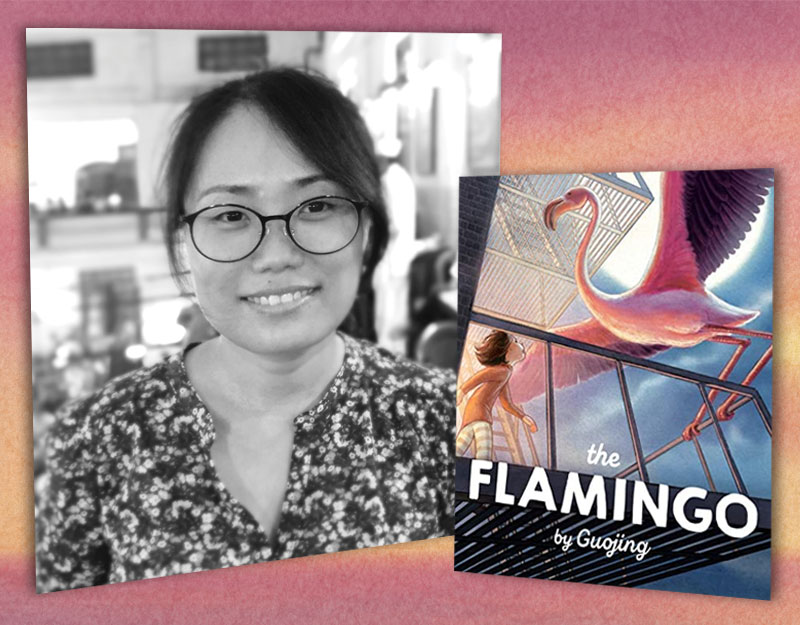
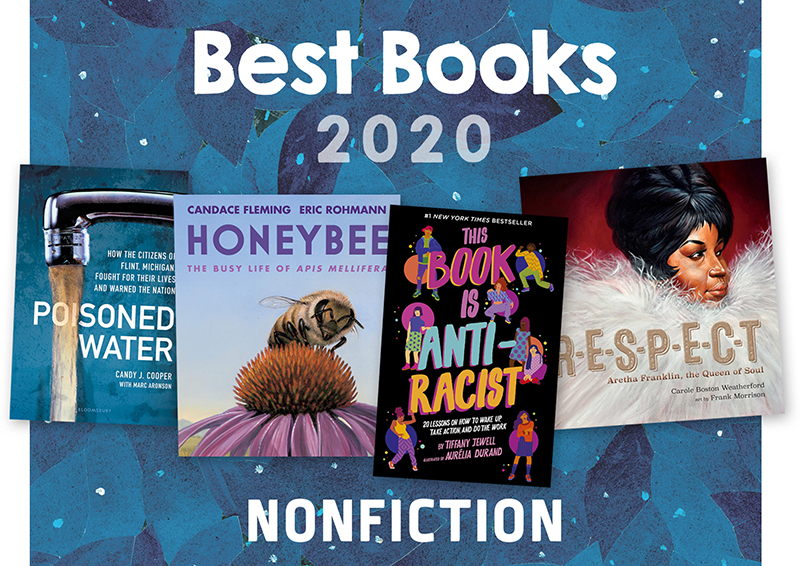
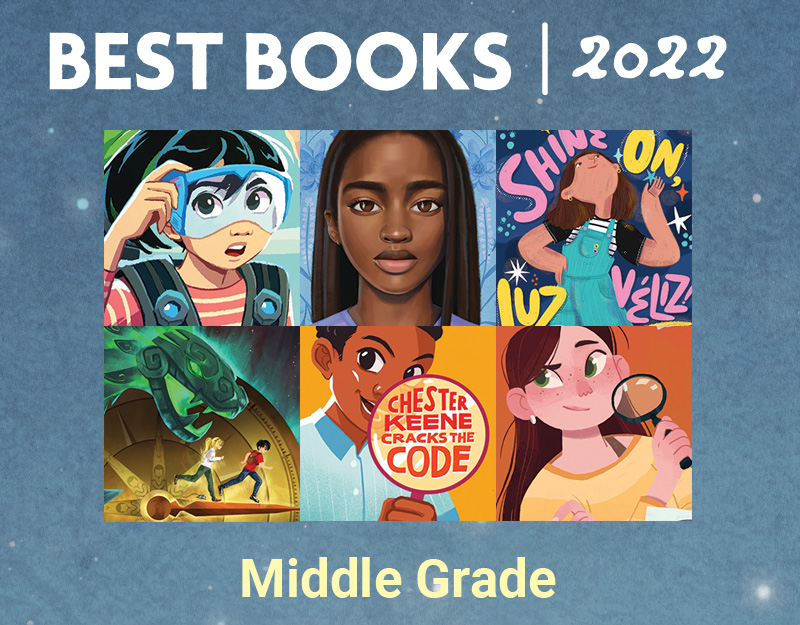
For slightly older children (second grade up) Mordicai Gerstein’s THE WILD BOY offers a sympathetic and nuanced portrait of Victor, the Wild Boy of Aveyron. It’s a fabulous book for class discussions, because it shows a poetic appreciation for Victor’s wildness, but also conveys his isolation and vulnerability. Teachers can use this book to talk about what it is to be human, and what is the nature of culture and civilization. I remember asking a class of children if Victor ever became civilized, and one of them said, “He became civilized when he learned to play a game” while the others nodded and chorused agreement. I loved it that participating in a game was their touchstone for civilization.
I adore this connection! My sole regret is that I’ve not heard of the Gerstein book before. To the library!
Mary Losure also has a new book from Candlewick: Wild Boy The Real Life of the Savage of Aveyron. It’s not a picture book but it is illustrated.
Ah, THAT I have read. Liked it too (I’m a Losure fan) though I was disappointed with the number of the suppositions. The second half was much stronger than the first.